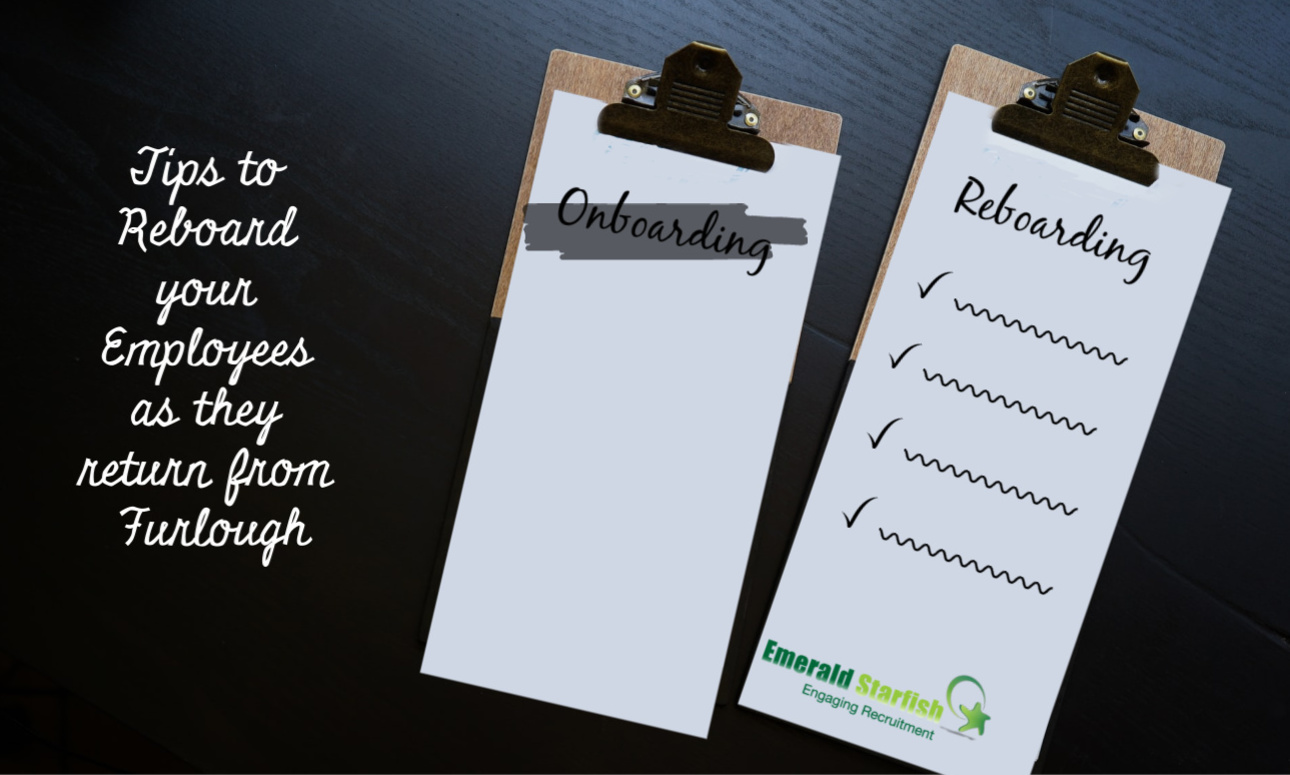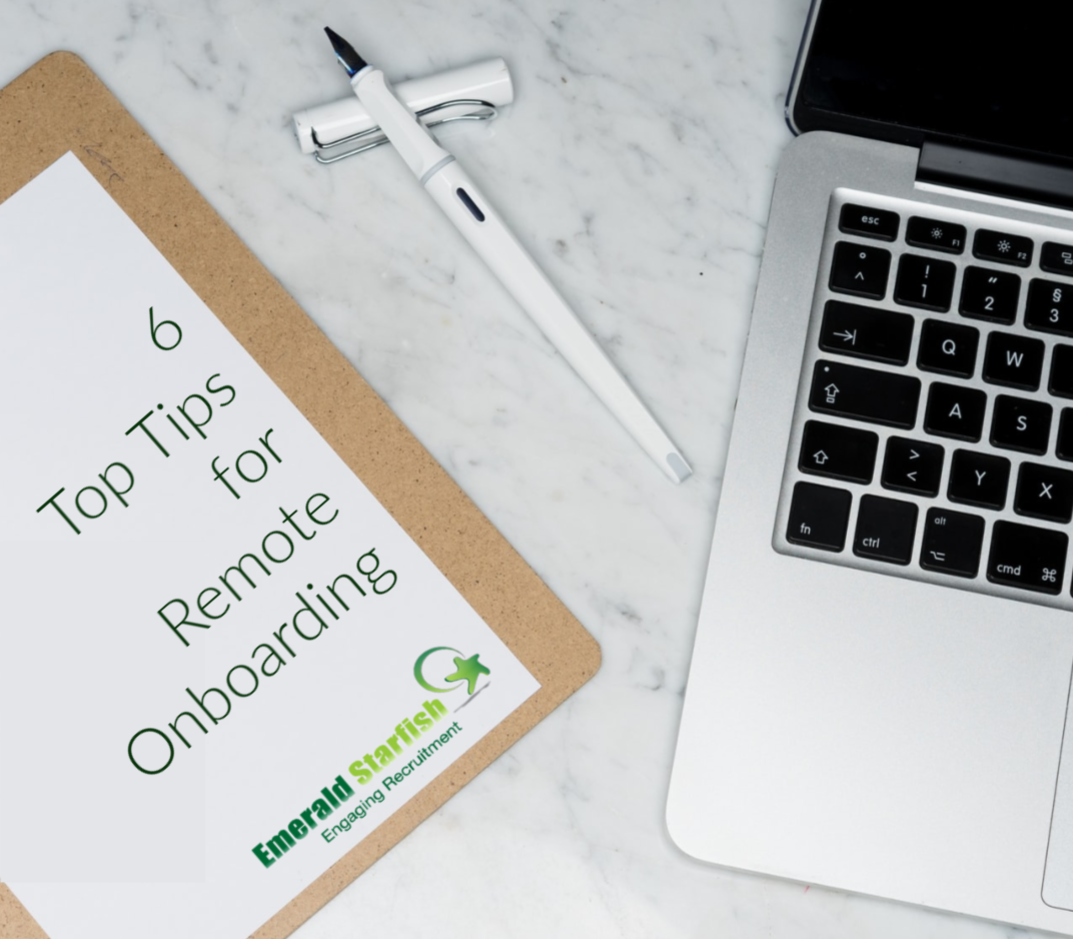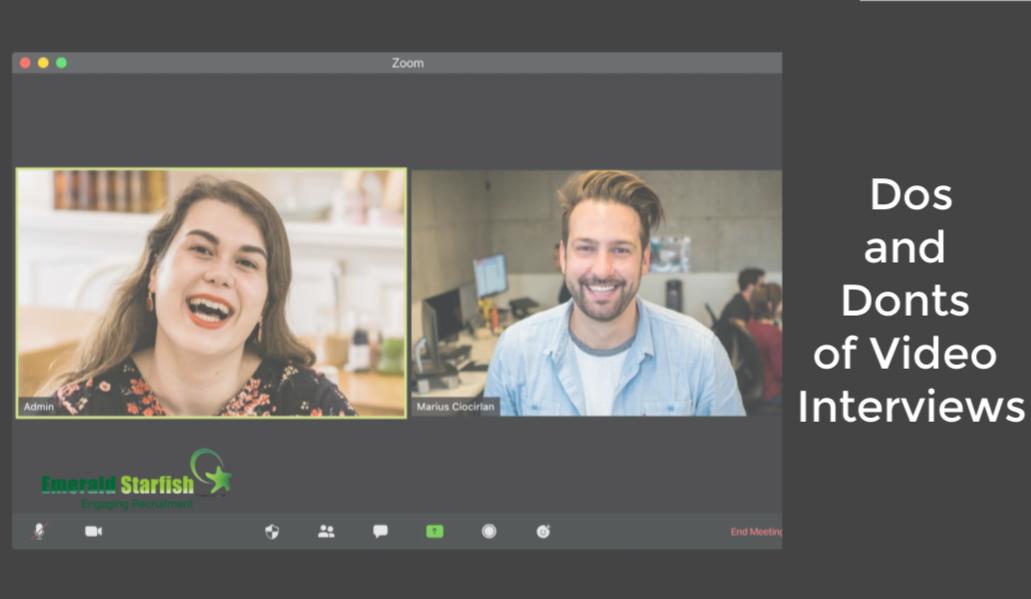How can you Support your Managers Delivering Difficult Messages
Posted on 22nd July 2020 at 12:19
Whilst there is a lot of turbulence in the current employment market – and over half of employees expect to be made redundant it is still a difficult message to deliver. How can you support your managers around delivering redundancy and restructuring news?
Often the main concerns are not so much around the message itself but more the thought of delivering the news. Whilst the current climate means that most people are clear as to reasons why a company may be considering restructuring or redundancy they can still be emotive conversations that are open to misinterpretation or hostile feelings.
What three things can you do to support your managers during this time?













